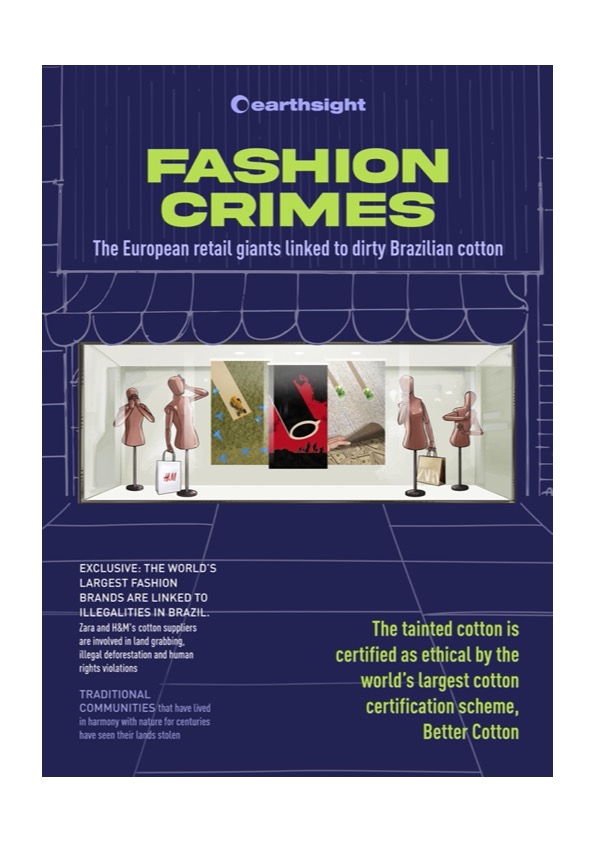Being a Sustainability Critic: What does it really mean?
Challenging greenwashing and holding brands accountable
Today, we want to explore the concept of being a sustainability critic: taking a critical approach to sustainability. What does it really mean? Is being a sustainability critic about disregarding sustainability altogether? Or is it about caring so much that we refuse to be deceived by corporations and their marketing strategies?
Sustainability is often positioned as a key solution to climate change. However, can we really talk about solutions? Climate change is already a harsh, irreversible reality. As Rupert Read puts it, our only choice is to adapt to a world of climate extremes.
The point of being a sustainability critic
Being a sustainability critic means looking beyond surface-level claims and greenwashing to assess the real impact of brands, policies, and movements. It’s about:
1. Questioning corporate narratives
2. Exposing contradictions
3. Holding companies accountable for their environmental and social claims
A sustainability critic doesn’t just applaud “eco-friendly” initiatives. Instead, they ask: Is this truly sustainable, or just another marketing ploy? This attitude demands curiosity, scepticism, and a commitment to transparency.
Sustainability vs. corporate reality
Yesterday morning, we came across this news from The Business of Fashion:
“Patagonia, Nike and others have tried but failed to eliminate labour exploitation at key Taiwanese suppliers.”
“Brands like Patagonia, Nike and Lululemon have been working for years to address the exploitation of migrant workers at key fabric suppliers in Taiwan. Despite some progress, the issue has persisted.”
But isn’t Patagonia the brand that truly cares about sustainability? At least, that’s what they claim. Yet, time and again, the gap between corporate promises and actual practices is enormous. In fact, their actions simply do not match their words.
The truth about sustainable fashion
This is exactly why we need sustainability critics. It’s about cutting through corporate rhetoric, challenging greenwashing, and demanding real ethical standards.
The truth is simple:
• There is no sustainability in overproduction.
• There is no sustainability in exploited labour.
And for brands that continue to push their sustainable lies, there’s only one response: this is greenwashing.
Final thoughts
In conclusion, being a sustainability critic — or taking a critical approach to sustainability — is essential to avoiding deception by brands and corporations. In fact, if we want genuine sustainability in fashion, we must move beyond empty promises and hold brands accountable. It’s time to rethink the way we consume and demand radical transparency.
And you? Do you consider yourself a sustainability critic? Share your thoughts in the comments!
Being a Sustainability Critic: What does it really mean? Read More »


